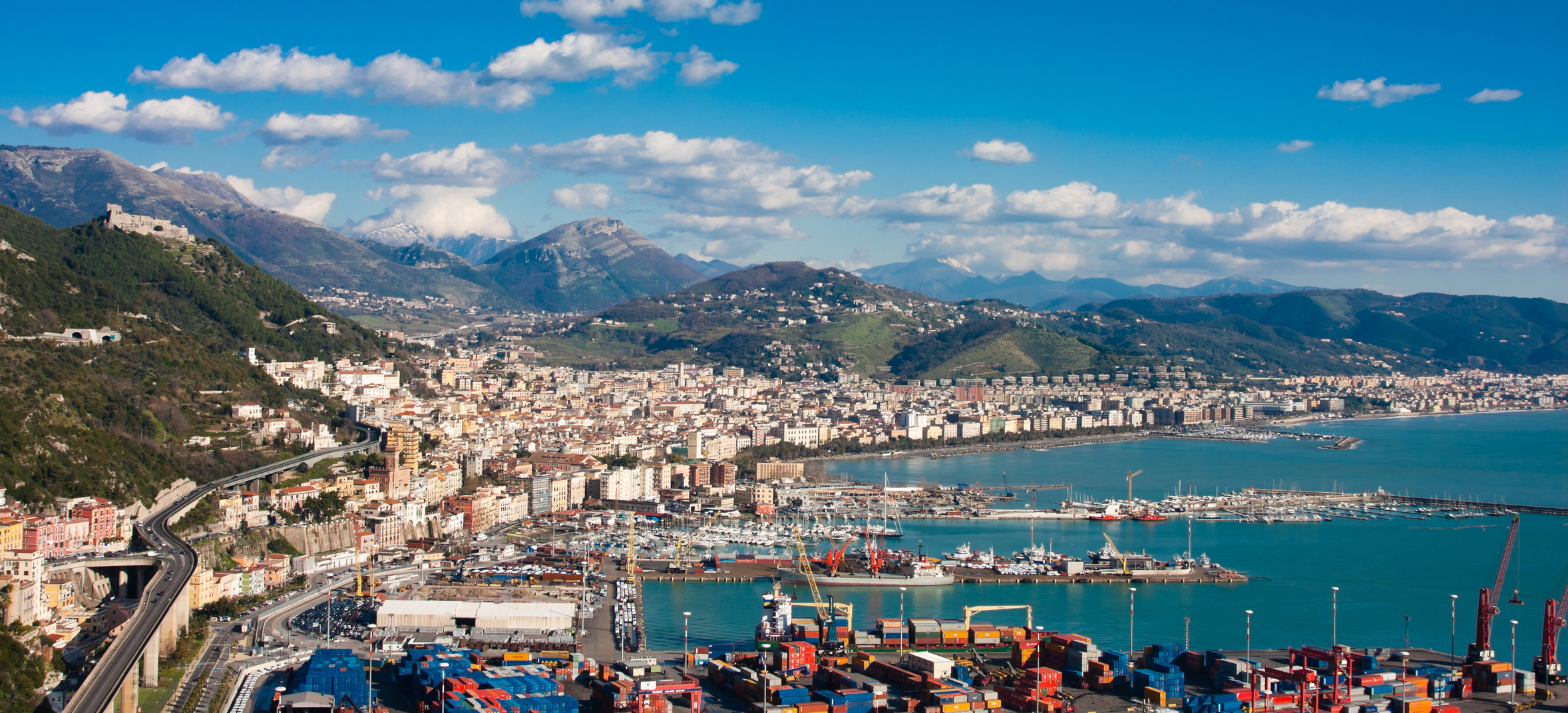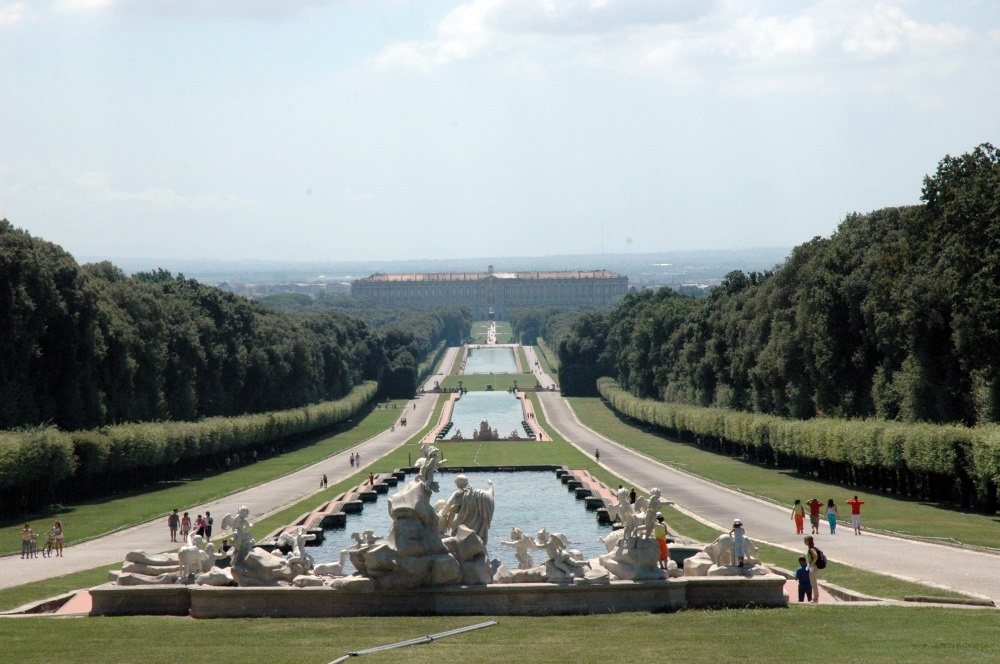Itinerary
Salerno
Stop 01
Salerno flourishes between the Amalfi coast and Cilento, facing the homonymous gulf and overlooked by the castle of the Arechi princes, founded in the 7th century A.D., which today houses a fine ceramic museum. The picturesque, Via dei Mercanti, leads into the mediaeval centre, a labyrinth of narrow alleyways and lanes where today, carpet-makers, carpenters and blacksmiths, still follow their trades in the tiny shops.
Noble houses, recently restored to their original splendour, flank the esplanade, which is now famous for its night-life. Nightclubs, some in basements, and old warehouses are re-born as restaurants, cafeterias, bars and pubs, attracting the young and the not so young, from all around the province. The cathedral, founded in 1079 and dedicated to Saint Mathew, is one of the most important examples of Romanic art in Southern Italy, also renowned, is the Church of Saint Gregory, where today, the “Museo della Scuola Medica Salernitana” is housed, in memory of one of the most important medical centres in the kingdom.

Caserta
Stop 02
The territory of Caserta, extending to Capua, is a living witness to an extremely rich and important part of Italian history as, over the centuries, it has been occupied by. Greeks, Romans; Sannites Byzantines; Normans and Bourbons.The magnificant Reggia di Caserta, is set in the middle of, Campania Felix, as the Romans called this region, as far as the river Volturno.
In 1752, with the formal laying of the first stone, Charles III of Bourbon, began the construction of this building, symbol of splendour and monarchic patronage, but above all, his own absolutism. For its opulence, the palace is a worthy rival to the Sun King’s Versailles, befitting, as Charles III was his great grandson. The king awarded the project to Luigi Vanvitelli, although he himself, made a noteworthy contribution to the elaboration of the general plan. Instead of the estimated ten years, completion took twenty-two. The rectangular format extends over 45,000metres square, with four internal courtyards and five floors and is surrounded by an immense park designed by Vanvitelli. The main façade is interrupted by three entrances, two doors and two hundred and forty-three windows; internally, the palace houses 1220 rooms! The main attraction in the park is the spectacular fountain, personally organized by Carlo Vanvitelli, where the water plays, spurting out at will.

Naples
Stop 03
One of the most celebrated, European capitals in the 18th century, Naples was an essential stop for the cultured travellers on the “Grand Tour” of Italy. It was the German philosopher and literary critic, Johann Gottfried Herder, who, in his poem, “Ricordo di Napoli”, first defined the Neapolitan setting as “l`Arcadia”, a background of reminiscence. The legend of Partenope, the mythical mermaid, who, becoming victim to Ulysses’ guile, threw herself into the depths of the sea, from where she still keeps watch over the city, being one of the clearest illustrations of the essence of Mediterranean life. Picturesque lanes and noisy piazzas; old districts, where the sounds of daily life arise in the narrow roadways, entangling with the colourful washing, hung out on lines stretching from house to house; the elegant tourist port; the luminous, Umberto I Gallery, with its luxurious boutiques; the impressive, Piazza Plebiscito; the convent of Santa Chiara; the cathedral dedicated to San Gennaro; the San Carlo Theatre; the Spanish Quarters; Capodimonte; The National Archaeological Museum; Castel dell’ Ovo; Il Vomero; Castel Sant Elmo; Mergellina; Posillipo……. Unique itineraries in a city, full of contrasts, symbol of the joie de vivre, where the most widespread philosophy is that of “fend for yourself.




